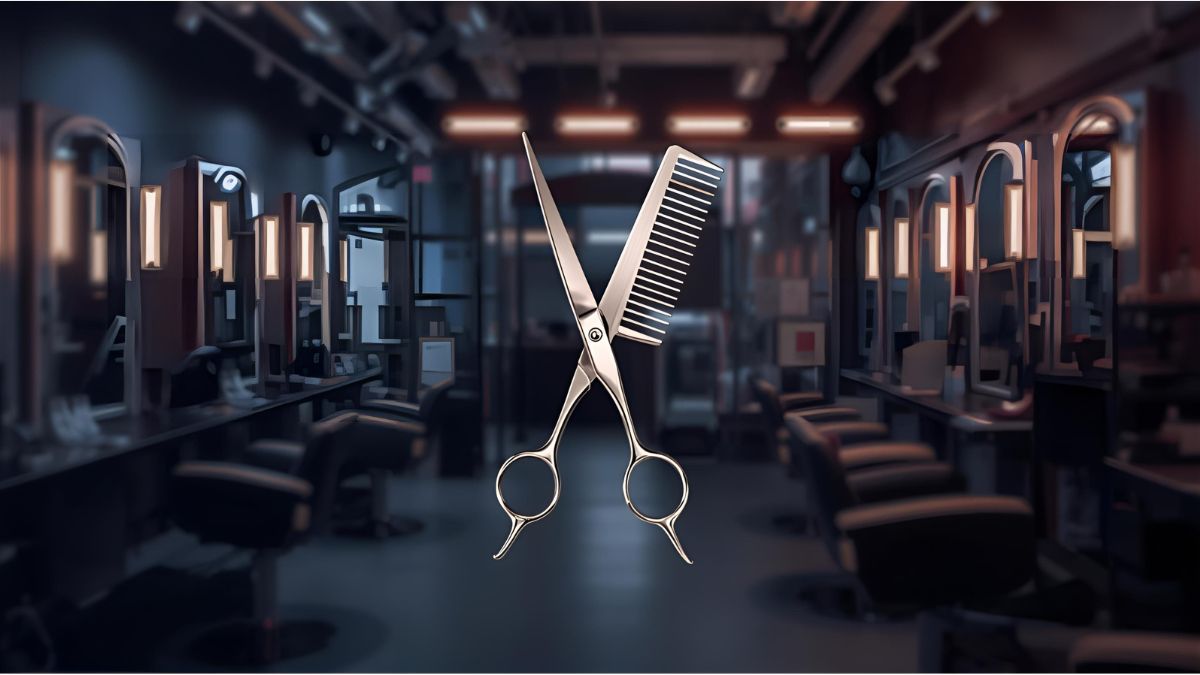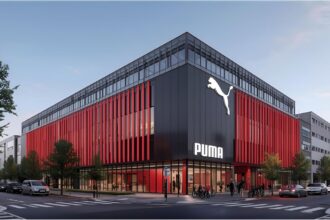Whether it’s a regular trim, colouring or styling — hair salon visits in Germany now take a bigger bite out of household budgets. According to data from the Federal Statistical Office, prices for women were up more than 28% in September compared to 2020. For men and children, costs increased by around 31% over the same period.
That raises a simple but crucial question: how much does a haircut actually cost today?
What customers currently pay
Salon pricing varies widely across Germany — and the range is growing. A survey by the regional hair and beauty association in North Rhine-Westphalia shows:
- Women: approx. €54 on average for wash, cut and blow-dry
- Men: around €33
Treatments such as highlights and colouring have seen the steepest price increases. Barbershops — which often operate with a different business concept — were not included in this survey.
A separate YouGov poll reveals how much consumers typically spend:
- 28% pay between €15–29
- 20% spend €30–49
- 14% pay even more
- 8% keep it under €15
- 26% spend nothing (often DIY or home solutions)
On average, men pay significantly less than women. The poll was based on a representative sample of 2,900 adults in late October.
Why salon prices keep rising
The central cost driver is wages — which account for 55–60% of total expenses in the industry, according to the German hairdressing association. Energy, materials, and general inflation also continue pushing prices up.
Another major challenge: skilled staff shortages. Many salons struggle to fill positions and must offer higher pay to stay competitive.
Consumer demand has shifted since the pandemic
Salon owners say customers are becoming more cautious. “People hold back on spending, and that lowers utilisation in many salons,” the association notes. Revenue in the industry only increased recently because prices went up, not because more services were sold.
Pandemic effects are still visible as well:
- During lockdowns, salons were closed
- Millions of households purchased trimming equipment
- Many now go to the hairdresser less frequently
- Market research by NIQ found 2.4 million hair clippers were sold between late 2020 and late 2021 — a sharp rise compared to pre-pandemic years.
Fewer salons, more barbershops
The total number of registered hair salons continues to decline. In 2024, there were 80,363 businesses, about 150,000 employees industry-wide — slightly fewer than the previous year.
Meanwhile, barbershops are booming, particularly in urban areas. Roughly 20% of all hair businesses now fall into this category. They often offer lower prices and focus heavily on men’s grooming — increasingly also serving women.
Industry voices warn about “cut-price competition” and varying skill levels, especially when chemical treatments are involved. Full professional training is not always required in these establishments.
Training and the future of the trade
The sector also faces a long-term decline in new trainees:
- 2014: 23,540 apprentices
- 2023: 13,509 apprentices
Recently, numbers ticked up again — and more men are entering the profession, now accounting for around one third of trainees.
Still, business leaders say a recovery depends on broader economic improvement. Until then, both salons and customers will continue to feel the financial strain.








